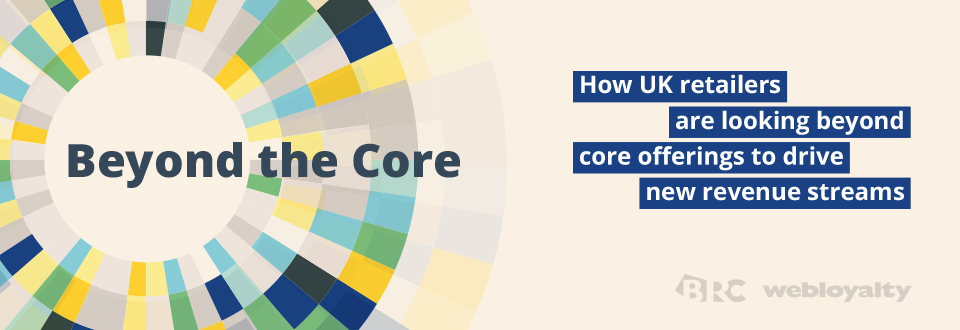Traditionally, companies have used paid advertising as a way to promote their own stock and convince the consumer that what they were selling was worth buying. And while that’s still the case, the advent of internet retail has turned advertising on its head to become a potential source of secondary revenue, rather than cost, for retailers.
Turning a Profit
As the head of London-based media consultancy and advisory service Colman Media, Stuart Colman is well aware of the opportunity that advertising has become.
“Advertising is delivered on the back of publishers’ content,” says Colman. “Retailers have published content on their websites and so can have advertisements placed against this in the same way that other non-traditional publishers sell advertising space, such as Amazon, eBay, and the mobile phone networks.”
Selling advertising space presents an extra avenue for retailers turn what is otherwise a cost into an active, profit-generating resource. For retailers with high traffic, revenue can be multiplied.
“There is direct monetary value gained as well as indirect value from the stickiness on the site of having advertisements and offers,” says Colman. “The audience initially comes from having great product and is the reason for people to come back to a website. But on top of this, revenues can be driven through advertisements on the site that could offer exclusive promotions.”
Building Brand Voice
As Webloyalty’s report Beyond the Core: How UK Retailers are Looking Beyond Core Offerings to Drive New Revenue Streams illustrates, selling online advertising is now an integral part of most retailers’ strategies to diversify and de-risk in an ever more challenging retail environment.
The report states that firms which generate between £10 million to £100 million in total revenue will amass around 12% of that total through secondary revenue. Of that 12%, roughly half is found through selling advertising on their websites. Advertising is, therefore, an extremely useful tool in revenue creation.
Indeed, this point is driven home as the report explains that 26% of firms have adopted advertising as a secondary or non-core revenue stream in the last two years. Advertising offers clear monetary incentives to retailers across the board and is one of the most effective secondary revenue streams.
But on top of fiscal benefits, there are other gains to be made.
“The first reason for advertising is because it is selling something, but it is also now being used to create a voice,” says Colman.
“Advertising is becoming more immersive. It wants to be more in-tune with the content on sites, leading to more native advertising and the greater use of video content. This very much plays to what retailers want: advertising that drives SR but not in a way that is too obvious. It needs to be complementary and value-based.”
Advertising is able to strengthen brand identity and offer consumers more of what they want, without being overtly pressuring. This is a major advantage when we consider that the ability to personalize retail offerings addresses the needs of one of the major five consumer behaviour types, as Webloyalty has shown in a previous study.
TakiKg Advantage of Coming Changes
Ecommerce retailers are perfectly placed to take advantage of coming regulatory changes.
“When the General Data Protection Regulation into play, those with a direct voice to the customer will be able to benefit,” says Colman.
He continues: “GDPR requires explicit consent from consumers to receive communications from organisations and so there will be a lot less chance of third-parties like aggregators getting consent from consumers compared with retailers. The opportunity to leverage the relationships they have with consumers should increase and this audience will drive more SR from advertising.”
But how can retailers best implement advertising as secondary revenue?
What’s in a Name?
“The safety of a retailer’s own brand and the affinity it has with other brands it is involved with when driving SR is critical. Retailers cannot afford to get this wrong,” says Colman.
A clear example is Marks & Spencer, who enjoy the trust of the consumer and are able to leverage that trust by generating more revenue through advertising. But, as Colman remarks, the company also “has to be careful not to run advertising that would be competitive or project negatively onto the M&S brand”.
Added Value into the Future
While the revenue potential of advertising is a major draw for retailers, Colman is at pains to point out that that is only one of the benefits.
“They can strengthen the relationship with the customers by offering complementary advertising of products that helps develop a stronger brand affinity between the retailer and its customers – that helps them make money,” he says.
“But brands need to recognise that it is not just about the money. It is more about the relationship. In a world where there is increased polarisation in retail, strong brands are the future.”
Beyond the Core
Webloyalty has partnered with the BRC to publish our first Beyond the Core research report, a study into how UK retailers are looking beyond core offerings to drive new revenue streams. The report provides valuable insight into the application of secondary revenue generation amongst UK retailers.
